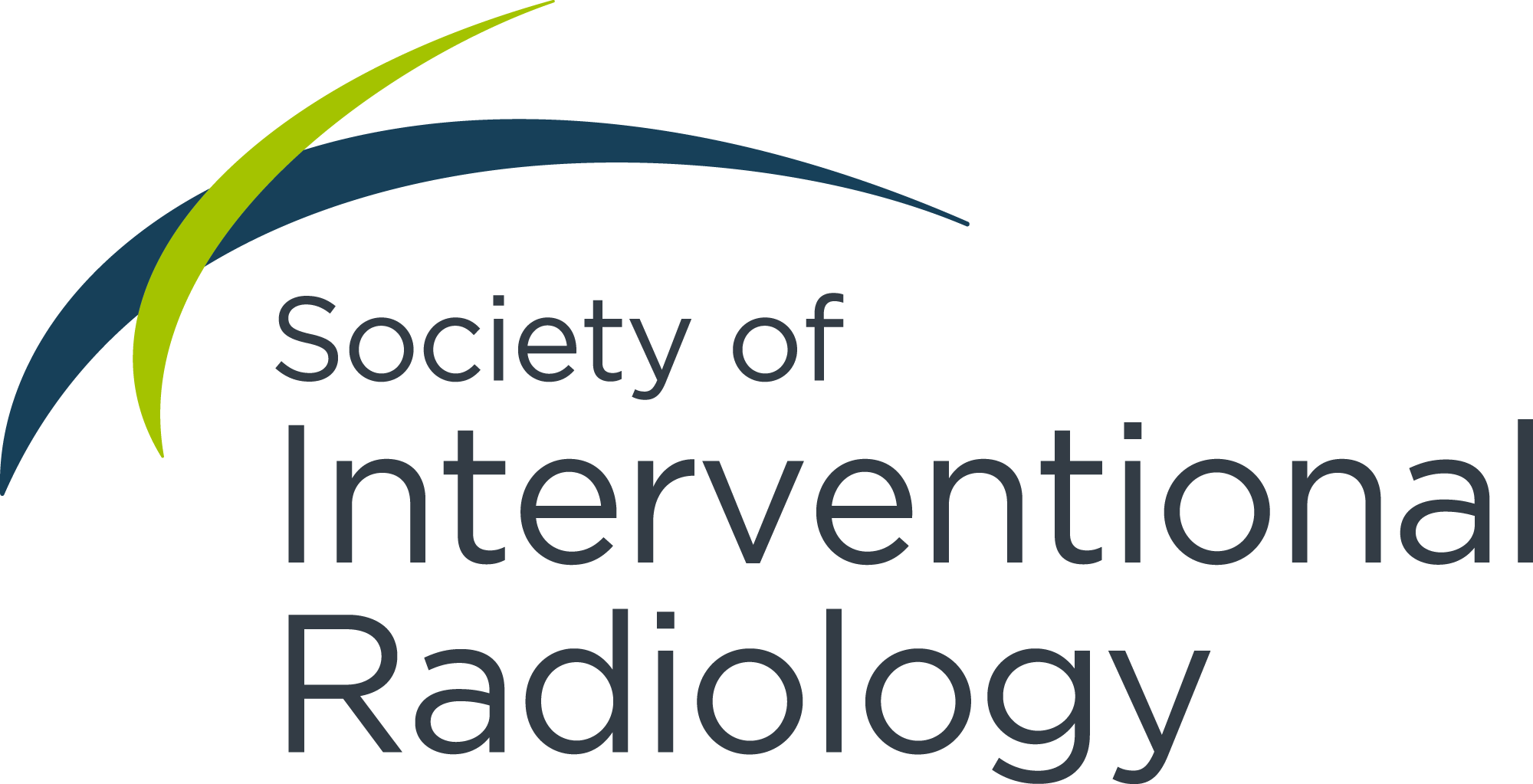
This article begins a feature that concludes in the Spring 2018 IRQ. Part 2 of the article describes how IRs should plan for retirement in the mid and late stages of their career.
As with most any career path, interventional radiology provides more than its share of challenges and joys—and many years of hard but rewarding work. And as with any career path, the closer you get to the end of your career, the more natural it is to start wondering, “What comes next?” Surely retirement will bring its own challenges and joys, but how do you know when you’re ready to retire? Will you be financially comfortable in retirement? Will you be bored? This article explores what those questions mean for an interventional radiologist.
Saving from the start
IRs may be vulnerable by not having saved sufficient funds for retirement. Most IRs complete their training at age 32 and plan to retire by age 65. This 33-year time span is relatively short when compared to other professions. Within this period, the IR and his or her partner need to pay off the mortgage, repay student loans, support the family, pay for children’s education and save enough to live comfortably for the last 25–30 years of life.
Young doctors often perceive impediments to begin saving for retirement. After many years of being overtired and underpaid, some young physicians make the mistake of putting money into a high-end lifestyle by purchasing luxury cars and large houses, while shortchanging their retirement savings.
However, it is critical for young IRs to begin financial planning for retirement as early as possible in their careers. That is, the key to successful investment growth is starting early; it is long-term investing that compounds wealth. Appropriate, consistent asset allocation over time will maximize returns (see tables 1 and 2).
A likely first step is to participate in the employer’s managed retirement fund. Large institutions will often match an employee’s contribution to the fund. Physicians should plan to contribute the maximum amount allowed by these plans as soon as they are eligible.
A diversified portfolio is also important. For most investors, however, attempting to predict market direction, selling high and buying low, can often lead to the converse, with a lower-valued portfolio at retirement. It is therefore important that the young IR enlist the services of a registered financial planner to help develop a comprehensive financial and budgeting plan for retirement.
Money management
A financial adviser’s role can be divided into two main categories: 1) the IR and his or her family and 2) the IR’s financial assets.
The first role pertains to guiding the IR to balance his or her family’s needs (and avoid questionable investments) and to being available to the IR’s family to help them with their finances, should the IR be incapacitated or deceased.
In terms of managing the IR’s financial assets, the financial adviser can offer valuable advice such as the following:
- Avoid investing in a portfolio that is too conservative, as doing so will decrease returns over the long term. Managing and adjusting investment risk is a lifelong activity.
- Consider and implement strategies to reduce taxes or create nontaxable income throughout your working career and after retirement.
- Maximize contributions to IRAs, 403B and 401K tax-deferred accounts, especially if your institution matches your contributions. However, individual contributions to these tax-deferred accounts are limited and may not ensure sufficient funds for retirement. Defined pension plans have become exceedingly rare.
- Explore other funds for retirement such as after-tax investments, cash savings and social security benefits. Some physicians may also choose to purchase annuities.
- Ensure that you carry sufficient life, disability and long-term-care insurance.
With so much at stake, young physicians should seek a certified financial adviser as soon as possible. While many institutions and groups provide limited services through their corporate financial adviser, many IRs choose an independent adviser who is dedicated to their needs and can therefore offer a more expansive view of available investment options.
Most independent financial advisers will charge an annual service fee or a percentage of the portfolio value they manage. To avoid the potential for a conflict of interest, we recommend finding one who does not sell products such as annuities or insurance policies.
The adviser should be a certified financial planner, act as a fiduciary and adhere to criteria such as Global Investment Performance Standards (GIPS). GIPS is a set of standardized, industry-wide ethical principles that guide investment firms on how to calculate and present their investment results to prospective clients. Firms who participate in GIPS have their investment results verified by an outside independent auditor. When investment firms follow these standards for presenting investment performance, it gives investors the transparency they need to compare and evaluate investment managers.
Many young physicians lack proper knowledge about retirement planning. However, in order to successfully retire, it is essential to retain a trusted financial adviser and educate oneself early and well.
Part 2 of this article, which will cover retirement planning for midlife IRs, considerations as one enters retirement and much more, will appear in the winter 2018 IRQ.
Acknowledgement: This article is based on a categorical course given at the SIR 2017 Annual Scientific Meeting in Washington, D.C. The authors thank co-faculty Katharine L. Krol, MD, FSIR, and Thomas J. Curran for the use of their materials.
Tables are courtesy Curran Wealth Management, curranllc.com.
Disclaimer: We are not certified financial planners. Opinions expressed are our own and are based on our experience and research.




